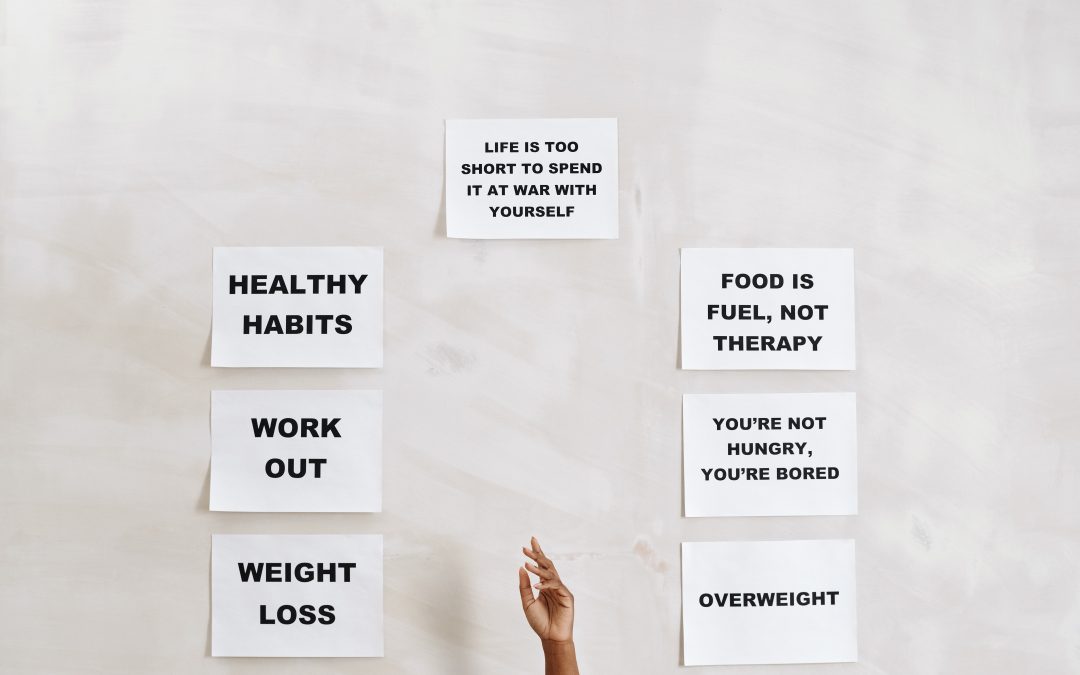
Affirmation I have more power than I realize.
Check out this week’s affirmation: I have more power than I realize.
Your self-image is the way you view yourself. You might view yourself as a parent, construction worker, friend, blonde, sports fan, intelligent, impatient, and middle-aged. But you’re more than your career, gender, and age. You’re more than your parents’ opinion.
You’re a unique person with nuances that are unique to you! Affirmation I have more power than I realize.
When who you are aligns with what you do, you’re living authentically. But most of us view ourselves as one way and live another. Authentic people act honestly and congruently. Affirmation I have more power than I realize.
I have more power than I realize.
As a human being, the possibilities that I possess are as yet untold. I learn how to handle situations in a way that brings me success.
I now understand the concept of personal power. I recognize that I am mighty. When I decide on a course of action, it creates an effect in the universe.
The power I have comes through the conscious manifestation of my desires. My beliefs create my reality. If I believe that I am powerless, I become powerless. Affirmation I have more power than I realize.
An opportunity to take action and affect my reality is created and put in motion by each thought I have. Now I understand this, and I choose my thoughts wisely.
As I grow older, I understand the power of my mind, but I also accept that I can control every aspect of my life.
My choices and my actions are what create my results. I learn how to set goals and achieve those goals. Affirmation I have more power than I realize.
The only possible reason I can fail is that I choose to give up on my dreams. I choose the direction of my life.
Thinking you have power and actually having the power to take action are two very different things. I focus on awareness of this fact in life.
Today, I am intentional in manifesting what my desires are in life. I work to increase my awareness. I learn to love myself first before loving others. Self-love breeds the most beautiful energy. This is my path. Affirmation I have more power than I realize.
Self-Reflection Questions:
1. When was the last time I felt more power than I thought possible?
2. How do I feel when I realize I have control over my life?
3. What part of my belief system does empowerment play in my life?
Affirmation I have more power than I realize.
Get Our 3 Week 3 eBook Series
> Learn to Make Space for a Positive Mindset
> Discover How to Live an Awaken Life
> Develop Positive Relationships
Affirmation I have more power than I realize.
What’s your level of emotional intelligence?
Find out if your emotional intelligence is helping or hindering your growth! .

I am a Board Certified Life Coach, a Board Certified Health Coach, and a teacher of Mindfulness Living who helps people unlock their potential and live life on Purpose
Affirmation I have more power than I realize.
https://www.pinterest.com/pin/749990144169862730/ https://www.louisehay.com/the-power-of-affirmations/ https://www.healthline.com/health/mental-health/do-affirmations-work https://www.morelandobgyn.com/blog/positive-affirmations-for-women https://positivepsychology.com/daily-affirmations/ https://www.lifesorted.com/positive-affirmations-for-confidence/




